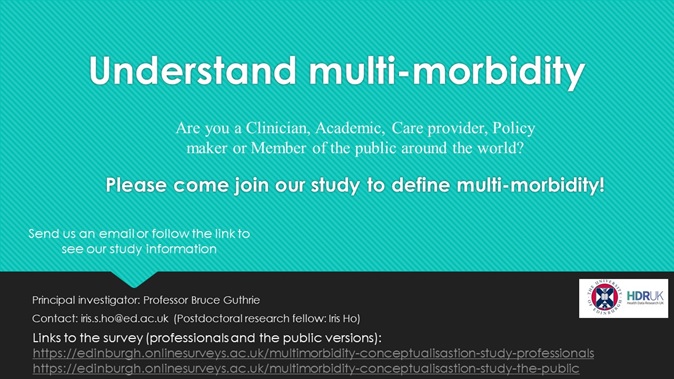By Cynthia Boyd and Mike Steinman

Though medications offer the capacity to extend lives, relieve symptoms, and reduce the feared consequences of disease, they can also cause bothersome and dangerous side effects, burden older adults and their caregivers, and deplete savings. The use of multiple prescription drugs among U.S. adults age 65 and older has increased from 24% in 2000 to 39% in 2012. This significant growth is attributable to a growing older population, onset of chronic disease, and increasing availability of drugs for treatment and prevention. So, how do we handle the double-edged sword that is medication-treatment? By understanding and identifying the medications that are suitable for each patient, and deprescribing those for which these harms outweigh the benefit.
What is deprescribing? Deprescribing refers to the thoughtful and systematic process of identifying problematic medications and either reducing the dose or stopping the medication in a manner that is safe, effective, and helps people maximize their health and wellness goals.
However, this process is not easy. Little is known about how to best identify which medications are prime for deprescribing, how to safely and effectively stop them, and how to engage older adults, their loved ones, clinicians, and the health system in this process in a seamless and person-centered manner.
The National Institute on Aging recognizes the need for deprescribing medications among older adults and has awarded a five-year, $6.2 million grant to the University of California, San Francisco (UCSF) and Johns Hopkins University to establish the U.S. Deprescribing Research Network (USDeN).
Who we are and what we do – The USDeN is led by Co-Principal Investigators Michael Steinman, MD, at UCSF and the San Francisco VA Medical Center, and Cynthia Boyd, MD, MPH, at Johns Hopkins University School of Medicine. The network is comprised of a community of individuals who share the common goal of developing and disseminating high-quality evidence about deprescribing for older adults, and in doing so, helping improve medication use among older adults and the outcomes that are important to them.
The network’s key activities are designed to provide resources and create a central place for mutual learning, collaboration, building research capacity, and catalyzing work among a large and multidisciplinary group of investigators. Network activities are oriented around 4 cores and a series of working groups:
Investigator Development Core – Organizes activities to provide education and collaboration about deprescribing research, with a special focus on the needs of early-stage investigators.
Pilot and Exploratory Studies Core – Funds and supports pilot and grant planning studies related to deprescribing for older adults.
Stakeholder Engagement Core – Supports engagement of patients, caregivers, clinicians, and health system stakeholders with various activities of the network, so that the resulting research is maximally responsive to their priorities and needs.
Data and Resources Core – Provides information about prior and ongoing research on deprescribing, research resources relevant to deprescribing, and will build capacity for the use of existing electronic health record data for deprescribing research
Working Groups – Supports 4 working groups that will synthesize existing research and develop new tools for deprescribing research, including identifying high-priority targets for deprescribing, optimizing measurement tools and using electronic health data in deprescribing research, and optimizing communication around deprescribing.
We invite you to join our community of innovators by visiting us at https://deprescribingresearch.org, and following us on Twitter @DeprescribeUS. For more information contact admin@deprescribingresearch.org.
Cross-posted at https://deprescribingresearch.org/our-welcome-post-us-deprescribing-research-network/












